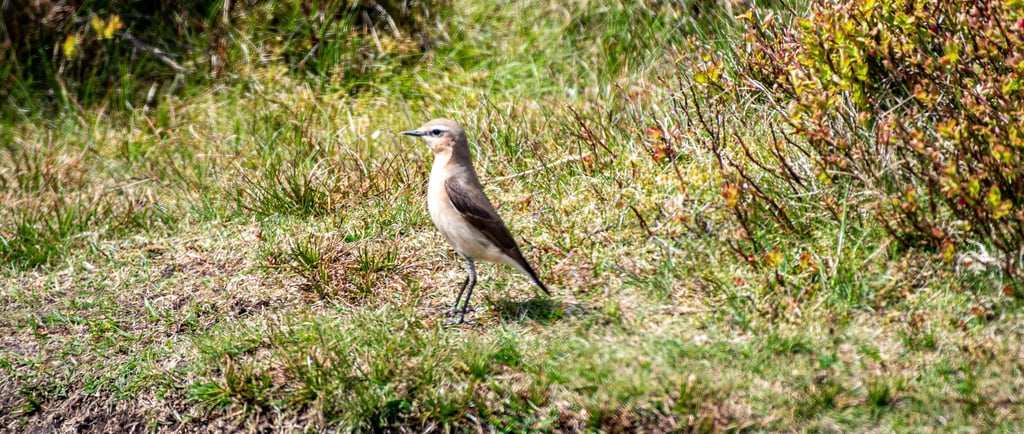I saw a white arse today
THIS BLOG CONTAINS FOWL LANGUAGE
Daz Greenop
5/6/20241 min read


I have always struggled with remembering names, just ask my students. Better still, ask my children. Unsurprisingly. identifying birds can be quite difficult for me too so I tend to take pictures first and ask Google later.
It is therefore helpful when birds are named after their primary colouring, behaviour, or habitat. Whitethroats have white throats, for example. Yellow wagtails are yellow and wag their tails, and so on. I can’t tell one warbler from another but if it’s in a bush it’s a sedge warbler and if it’s in the reeds it’s a reed warbler, and so it is with rock pipits and meadow pipits. When it comes to identifying birds, I play percentages.
Sometimes names can be misleading though. Ringed, common, spotted, great, etc, when used in bird names are often anything but what the prefixes suggest. Black-headed gulls have brown heads, redshanks have orange legs and oystercatchers, well, you can guess what the problem is there.
Wheatear are among my favourite birds and, with many others, I look forward to their passage through the Wirral each spring. Their name is not particularly helpful but this hasn't always been the case. The Saxons and Old French had the good sense to simply say what they see. White Arse! Over time the name became sanitised. It was also something of a delicacy for Elizabethans and I guess nobody wanted to see that on the tavern menu.
I had not seen any wheatear this year until the other day (pictured) when walking in North Wales with my wife and even I was able to identify them in flight as their shiny little rumps flashed by. White arse! I cried excitedly in my best Anglo Saxon.
I wish all birding could be this simple. Perhaps it once was but the less said about boobies, tits and shags the better.
